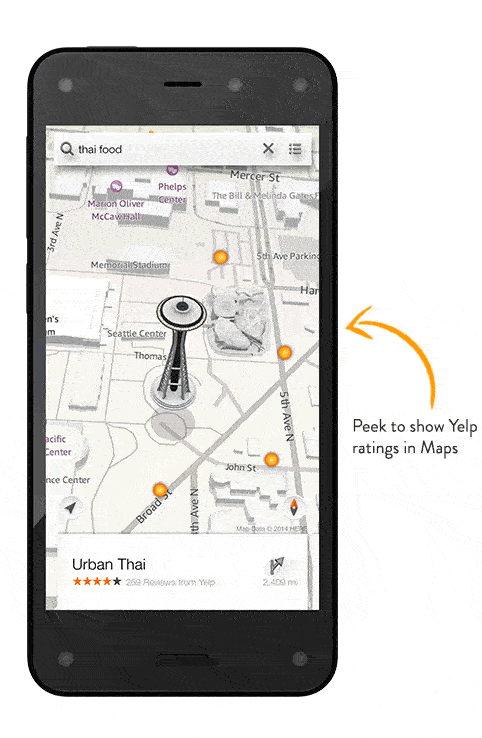Verizon Launches CDN Purpose-Built for E-Commerce
Verizon Communication, the provider of digital media and telecommunication services, announced the launch of a new CDN, purposely designed for e-commerce, leveraging EdgeCast Networks’ solutions as a key factor. Verizon aims to solve checkout and device related problems faced by the users of e-commerce. VDMS products delivering acceleration, security, edge intelligence and device detection are some of the benefits that the new CDN offers. Protect, Compute, Analyze, Develop, Support, Store and Route are just some of the components that Verizon uses as a solution offering, dubbing integration as a key to the delivery. The offering is expected to be extremely simple and user-friendly to both deploy and manage.
Check the full story at CDN Advisor.
Book a demo today to see GlobalDots is action.
Optimize cloud costs, control spend, and automate for deeper insights and efficiency.

Akamai’s Attack Report
From April to June 2014, DDoS attack activity remained near the first quarter’s record-setting levels. Compared to Q2 a year ago, average bandwidth was up 72 percent, and peak bandwidth increased 241 percent, while attack duration was only half as long. Mitigated types of attacks pose a treat to businesses, goverment and other organizations, simply by crashing the data centers and rendering them unavailable during the attack. Attacks in Q2 are fueled by reflection-based attack that misuse common Internet protocols on open and vulnerable servers and server-side botnets, taking advatage of web vulnerabilities (Linux, Windows and content management systems). With server-based attacks, malicious actors can cause more damage with fewer resources.
Analysis of recent DDoS attack trends, types and frequency of infrastructure attacks and where and when DDoSers launch attacks are just some of the contents that the report covers.
Read the full post at Prolexic.
Only 22% of Top Mobile Sites are Ready for the Amazon Fire Phone
The launch of Amazon’s Fire phones is just a week away, but online retailers aren’t ready for it. Yotta sampled 150 top top mobile retailers and ony 1 in 5 were able to handle the phone properly. The other 78% presented Fire phone users with the unoptimized desktop version of the site, showcasing poor experience. Fire phone users will be able to seamlessy move from browsing the web to shopping, next to an unlimited subscription to Amazon Prime service. The more people who buy the Fire phone, the more money will be left on the table for the unprepared retailers.

Yotta ran a series of tests on the Internet Retailer 500 websites using a user agent string that matches that of exisiting devices with the Fire platform and several others, iPhone included. Only 33 of those sites redirected Fire phone visitors.
For the detailed report, go to Yottaa.
Incapsula’s View on the Bot Traffic
Information about Googlebot impostors (a.k.a., Fake Googlebots) comes from inspection of more than 50 million Googlebot impostor visits. Typically, organic search traffic accounts for 10%-30% (or more) of a website’s total visits. These are the findings based on over 2010 million Googlebot sessions:
Googlebot’s average visit rate per website is 187 visits per day and Googlebot’s average crawl rate is 4 pages per visit. Just a reminder, a Web crawler is an Internet bot that systematically browses the World Wide Web, typically for the purpose of Web indexing (also known as Web spiders or ants). 12.5% of cases we saw Googlebot visiting sites over 500 times/day (more than 3 times above the average). Crawl rate data was just as diversified, with the most extreme case being 210,000 pages crawled during a single uber-long 72 hour visit. Most of the Googlebot’s visits originate from the US (98.12%) while the rest come from UK, France, Belgium, Denmark and China.
For the full article, numbers and statistics, go to Incapsula blog.






